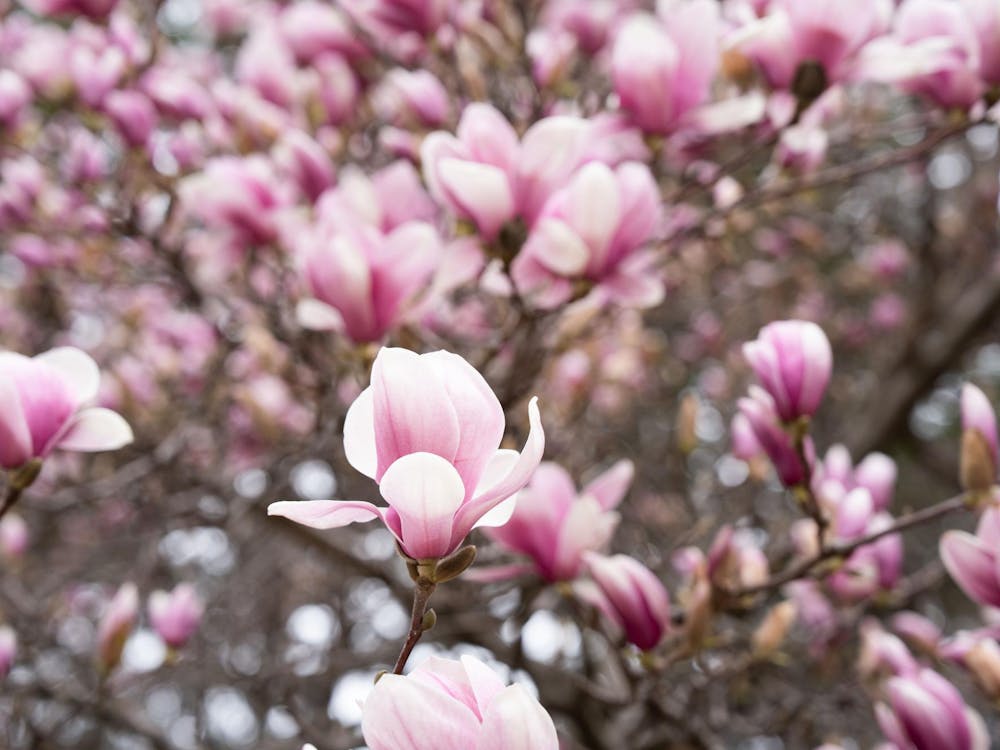“You can no more keep loyal and disloyal students together in the College of New Jersey, without producing collision and disturbance, than you can bring fire and powder together without producing ignition and explosion,” Casey’s letter to Maclean read.
He argued that with such a large conflict facing the nation, disputes like this between students should be excusable. Though Princeton was not a battleground during the Civil War, it witnessed quite a few collisions of its own.
These tensions are captured in the new Civil War exhibit in the Seeley G. Mudd Library. Titled “Your True Friend and Enemy: Princeton and the Civil War,” the exhibit honors the 150th anniversary of the nation’s largest internal conflict. As one of the most profound moments in American history, the war changed the town and how it functioned both socially and economically, explained University Archivist and Curator of Public Policy Papers Daniel Linke.
The exhibit focuses on the hostilities that developed during the Civil War and the lasting effects of the war on the University and surrounding area. Known as the most southern of the northern colleges, the College of New Jersey attracted many students from the South, creating conflict within the student body. As the war flared, geographic origin became a contentious characteristic.
In one student’s end-of-year autograph book, a classmate signed, “Your true friend and enemy.” Linke said that these words embody “how the Civil War really fractured the college.”
One of the exhibit’s cases shows photographs of students and alumni — many from the same graduating year — in the military uniforms of each of the opposing sides.
But despite the national conflict, the exhibit shows that a sense of continuity of lifestyle remained at the college.
“Life goes on and students still have to study their Latin and Greek, and they’re still putting out their publications, still playing baseball and still marching in the bands,” Linke said.
The legacy of the divisions on campus during the war led the University to begin one of its most storied traditions: Reunions.
“One of the legacies of the Civil War is the fact that because the University welcomed back all alumni regardless of which side they fought for, it fostered the spirit that manifested itself into the creation of Reunions,” Linke said.
To this day, clues throughout the campus point to the University’s efforts to unify its student body in the wake of the conflict. On Nassau Hall’s Memorial Wall, names of students who died fighting for both the Union and the Confederacy are listed side by side. Other Ivy League institutions, by contrast, only list the names of students who fought for the Union on their Civil War memorials.
The exhibit opened on Sept. 17 and will be open until June 1, 2013.








